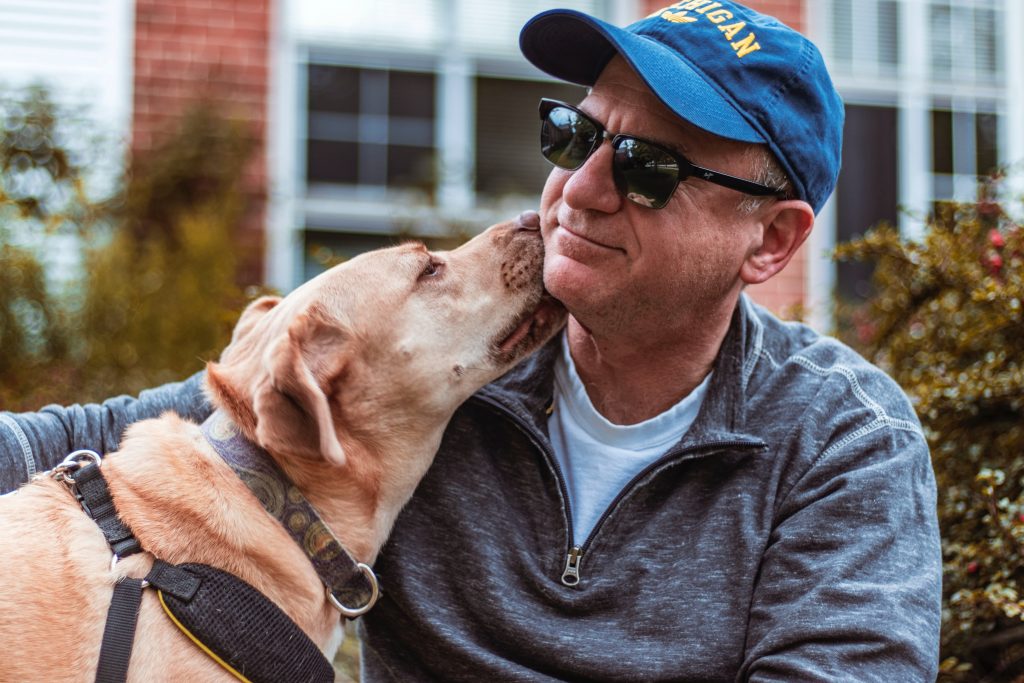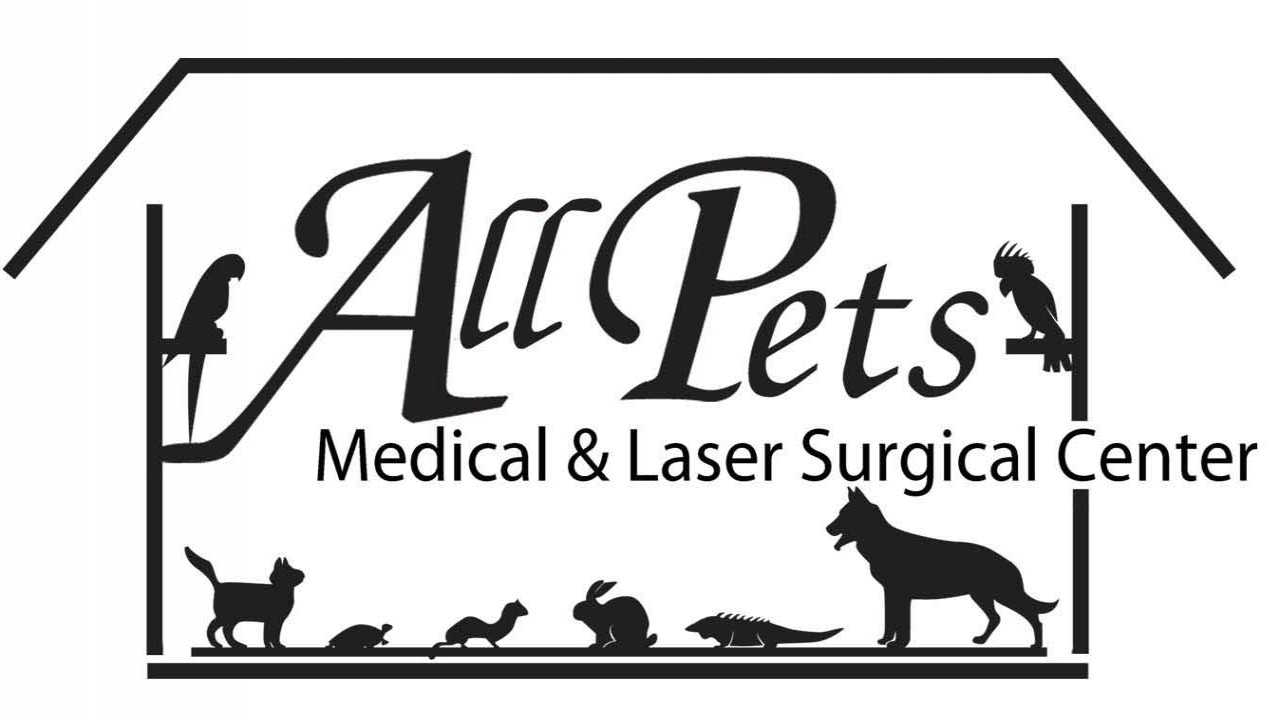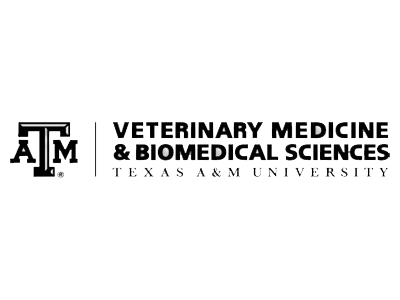
As pets age, their bodies undergo gradual changes that can affect energy, appetite, and overall health. Senior pets often hide discomfort well, which makes regular monitoring and early detection critical for maintaining both longevity and quality of life. Understanding the subtle signs of aging and scheduling consistent wellness exams can make a significant difference in how well a pet thrives during their senior years. Learn more in our guide to regular wellness exams for dogs and cats.
Recognizing the Signs of Aging
Each pet ages differently depending on breed, size, and genetics. Generally, cats and small dogs are considered seniors around age seven, while larger breeds may reach this stage earlier. Common signs of aging include changes in activity level, weight fluctuations, cloudy eyes, slower mobility, or altered sleep patterns. Owners who notice these changes should discuss them with a veterinarian, since they can indicate early stages of treatable conditions such as arthritis, kidney disease, or diabetes. For joint pain and stiffness, see practical options in Treating Arthritis in Dogs.
The Importance of Early Detection in Senior Pets
Early detection in senior pets allows veterinarians to identify and manage health issues before they become severe. Routine bloodwork, urinalysis, and physical exams help uncover problems that might not yet show visible symptoms. By catching diseases like thyroid imbalance, dental infection, or liver dysfunction early, veterinarians can tailor treatments that improve comfort and extend lifespan. For an overview of screening tests and why they matter, read The Importance of Wellness Bloodwork for Pets.
This proactive approach also helps maintain a pet’s vitality. When conditions are detected in their initial stages, treatment options are often more effective and less invasive. Preventive veterinary care is one of the most valuable investments an owner can make for a senior companion. See how All Pets structures preventive care in Wellness Packages for All Pets.
How Preventive Veterinary Care Supports Longevity
Preventive veterinary care forms the cornerstone of healthy aging. Regular wellness visits, ideally every six months for senior pets, provide opportunities for comprehensive checkups, diagnostic screenings, and lifestyle adjustments. Typical preventive measures may include:
- Dental cleanings to reduce infection and inflammation
- Weight management through balanced nutrition and moderate exercise
- Joint support supplements for mobility
- Routine vaccinations and parasite control
Oral health is a major part of prevention. For what to expect and why it matters, see Dental Care for All Pets.
Supporting Senior Pets at Home
Caring for aging pets also involves small lifestyle adjustments at home. Soft bedding, easy access to food and water, and slip-resistant flooring can reduce strain on joints. Maintaining a predictable routine minimizes stress, while gentle exercise keeps muscles strong. For seasonal tips that keep older pets moving comfortably, explore September is National Senior Pet Wellness Month.
Owners should also watch for behavioral cues. Increased thirst, changes in litter box habits, or new repetitive behaviors can signal medical issues. If you notice persistent licking or similar changes, start with this focused read, Why Does My Dog Lick So Much?.
Strengthening the Human and Animal Bond Through Compassionate Care
Caring for senior pets requires patience, observation, and compassion. Early detection, supported by preventive veterinary care, extends life and improves comfort, which strengthens the bond between owner and pet. Regular checkups and attentive home care empower pet parents to provide the dignity their senior companions deserve. For broader senior care guidance, see November is Adopt a Senior Pet Month.















